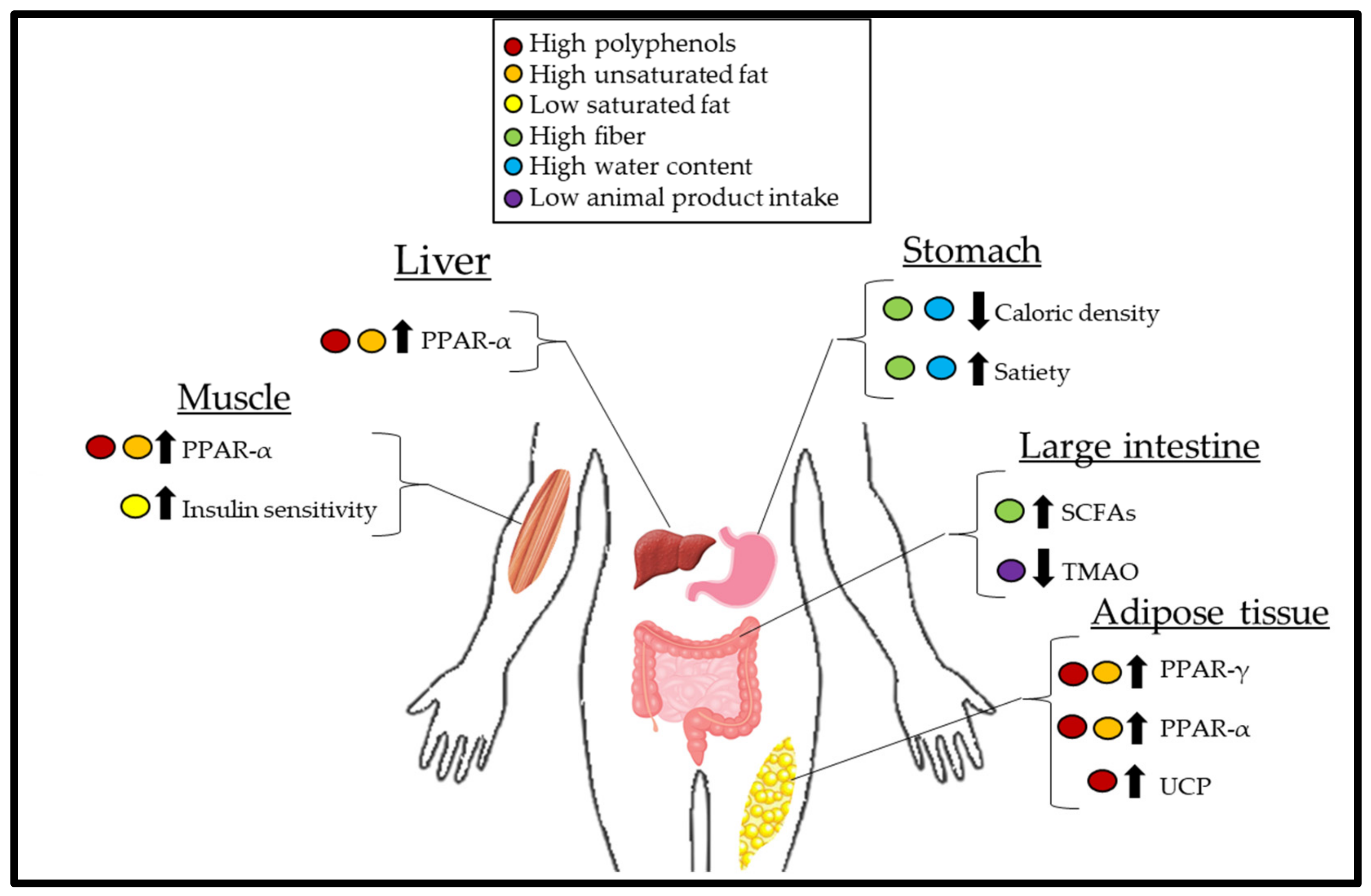
Here are some important points to remember when creating a raw foods diet. First, you should avoid onions, garlic, and potatoes. These foods can pose a risk to your health. The second is to ensure that all raw food ingredients are organic. Organic ingredients will ensure that you are not exposed to chemical preservatives.
You can add grains to a homemade raw foods diet
Raw food is an excellent choice for dog owners looking for a complete and balanced diet. To make a complete meal, you can use fruits, vegetables, and nuts. This diet is flexible as you can vary the ingredients from batch one to batch.
Garlic is best avoided
You may be curious if garlic is allowed to be eaten if you are on a raw food diet. There are many ways to add garlic to your recipes. It can be used as a marinade, in soups, stews or tomato sauces. It adds great flavor to many dishes and has many health benefits. Roasting garlic can be a way to enjoy its taste without having to consume it raw. Roast it by simply removing the head and coating it with olive oil. Wrap it in foil.

Avoiding onions
Although onions may seem to be bad for you, they are great for your health. Polyphenols found within onions are known to fight cancer. They also lower blood pressure levels and triglyceride. Red onions have more flavonoids than yellow onions, so you can increase your onion intake. There are also phytochemicals in onions that can be used to treat gastrointestinal conditions. They can reduce your risk of getting gastric ulcers.
Avoiding potatoes
Avoiding potatoes on a raw food diet is a good idea for many reasons. The substance solanine in raw potatoes can be harmful to your body. This chemical can cause nausea, abdominal bloating and headaches. Consuming raw potatoes may increase your chances of foodborne illness or infection.
Insufficient variety in raw food diet
The only downside to eating raw foods is the lack in variety. It can be difficult to find friends and family if there isn't enough variety. People don't like eating raw food, so it's not always feasible to eat them. There are many ways to increase the variety of your raw food diet.
Salmonella bacteria present in some raw foods
New research has shown that commercial raw food diets may contain Salmonella bacteria. After analysing samples of raw food diets in Calgary, Alberta, and Mississauga (Ontario), the authors came up with these findings. The Canadian Research Institute for Food Safety received samples of raw food diets from commercial sources and analysed them. Of the samples that were analyzed for Salmonellae, 21 were found to contain the bacteria.

Supplements
If you want to adopt a raw food diet, supplements are important. Supplements can improve digestion and help prevent illnesses. Kelp is nature's multivitamin and the best supplement to raw food diet. It contains trace amounts of all the essential vitamins and minerals, and some of the essential amino acids. It can also help with bone health.
FAQ
Here are 7 ways to live a healthy lifestyle.
-
Take care of your health
-
Exercise regularly
-
Sleep well
-
Drink lots of water
-
Get enough sleep
-
Be happy
-
Smile often.
What is the difference of a virus from a bacteria?
A virus, a microscopic organism that can not reproduce outside of its host cells, is called a virus. A bacterium, a single-celled organism, reproduces by splitting into two. Viruses measure only 20 nanometers in diameter, but bacteria is up to 1 millimeter in size.
Viruses can spread from contact with bodily fluids that are infected such as saliva, urine or semen. Bacteria are often spread via direct contact with contaminated surfaces and objects.
Viruses can get into our bodies through cuts and scrapes on the skin, bites or other injuries. They can also get into the skin through the nose, mouth and eyes, ears as well as through the rectum, rectum and anus.
Bacteria can enter our bodies through wounds, cuts, scrapes, burns, insect stings, or other breaks in our skin. They may also be introduced into our bodies through food and water as well as soil, dirt, dust, and animals.
Both bacteria and viruses cause illness. However, viruses cannot reproduce within their hosts. So they only cause illnesses when they infect living cells.
Bacteria can cause illness by multiplying in the body. They can even invade other parts of the body. They can even invade other parts of the body, which is why antibiotics are necessary to eradicate them.
How can I live a life that is full of joy every day?
Finding out what makes your heart happy is the first step to living a fulfilled life. Once you have a clear understanding of what makes you happy you can go backwards. You can also talk to others about how they live their best days every day.
You can also find books such as "How to Live Your Best Life" written by Dr. Wayne Dyer. He talks about finding happiness and fulfillment in all aspects of our lives.
What can be done to increase your immune system's effectiveness?
The human body is made up of trillions and trillions cells. Each cell works together to create organs and tissues that fulfill specific functions. Another cell takes its place when a cell dies. Cells communicate with one another using chemical signals called hormonal hormones. Hormones control all bodily functions, including growth, development, metabolism, immunity and immune system.
Hormones, chemicals that are secreted throughout the body by glands, are chemicals. They are chemicals that travel through the bloodstream and function as messengers to control how our bodies work. Some hormones can be produced within the body while others can be made outside.
When a hormone-producing gland releases their contents into the bloodstream, hormone production begins. Once hormones are released they move through the bloodstream until reaching their target organ. Some hormones may only remain active for a limited time. Others hormones are more active and have a longer life expectancy. They can still influence the body's functions long after they have been eliminated from the bloodstream.
Some hormones can only be produced in large quantities. Some hormones can be produced in large amounts.
Certain hormones are only produced at certain times in life. The production of estrogen can occur during puberty and pregnancy, as well as menopause and old age. Estrogen aids women in developing breasts, maintaining bone density and preventing osteoporosis. It also promotes hair growth and keeps skin smooth and soft.
Is cold a sign of a weak immune response?
Cold causes a decrease in immune system strength. This is because white blood cells are less effective at fighting infection. However, being cold also makes you feel better because your body releases endorphins into your brain which reduce pain.
Is being cold bad for your immune system?
It's been said that there are two kinds of people in the world; those who love winter and those who hate it. You may wonder why you feel so miserable in the cold, no matter how much you love or hate winter.
Our bodies were designed to work best in warm climates. We evolved to thrive in hot environments because of the abundance of food resources.
Now, however, we live in a completely different environment to how our ancestors lived. We spend more time indoors and are often exposed to extreme temperatures (cold or heat) and eat processed foods rather than fresh.
Our bodies don't have the ability to tolerate extreme conditions anymore. This means that we feel tired, sluggish and even sick when we venture outside.
There are ways to combat these effects though. Keep your body hydrated. You can help flush out toxins and keep your body hydrated by drinking plenty of water.
Another important step is to ensure that you're eating healthy meals. Consuming healthy food helps maintain your body's optimal temperature. This is especially helpful for people who spend a lot of time indoors.
Consider taking a few moments each morning to meditate. Meditation can relax your mind and body which can make it easier to deal stress and illness.
Statistics
- This article received 11 testimonials and 86% of readers who voted found it helpful, earning it our reader-approved status. (wikihow.com)
- Extra virgin olive oil may benefit heart health, as people who consume it have a lower risk for dying from heart attacks and strokes according to some evidence (57Trusted Source (healthline.com)
- In both adults and children, the intake of free sugars should be reduced to less than 10% of total energy intake. (who.int)
- WHO recommends reducing saturated fats to less than 10% of total energy intake; reducing trans-fats to less than 1% of total energy intake; and replacing both saturated fats and trans-fats to unsaturated fats. (who.int)
External Links
How To
What does "vitamin" actually mean?
Vitamins are organic compounds that can be found in foods. Vitamins are essential for our bodies to absorb nutrients from the foods we eat. Vitamins cannot come from the body so food must provide them.
There are two types of vitamins: water soluble and fat soluble. Water-soluble vitamins dissolve easily when they are dissolved in water. You can find vitamin C,B1 or thiamine, B2 or riboflavin and B3 or niacin. B6 is pyridoxine. Folic acid, biotin and pantothenic are some examples. Fat-soluble vitamins are stored within the liver and in fatty tissue. You can find vitamin D, E K, A and beta carotene as examples.
Vitamins are classified according their biological activity. There are eight main types of vitamins:
-
A - Vital for healthy growth.
-
C - important for proper nerve function and energy production.
-
D – Essential for healthy teeth, bones and joints
-
E - Required for good vision, reproduction.
-
K – Required for healthy muscles & nerves.
-
P - essential for strong bones, teeth and tendons
-
Q - aids digestion and absorption of iron.
-
R - Required for red blood cell production
The recommended daily intake (RDA), of vitamins varies with age, gender and physical conditions. The U.S. Food and Drug Administration has established the RDA values.
For adults 19 years and over, the RDA vitamin A intake is 400mg/day. Pregnant mothers need 600 micrograms a day to ensure fetal growth. Children ages 1-8 require 900 micrograms per day. For infants younger than one year, 700 micrograms are required daily. However, this number drops to 500 micrograms each day for children aged 9-12 months.
Children aged 1-18 require 800 micrograms of sugar per day, while those who weigh more than 1200 need 1000. For their nutritional needs, underweight children need 1200 mg per day.
Children aged 4-8 who have anemia are required to consume 2200 micrograms of Vitamin C daily.
2000 micrograms are required daily for good health in adults over 50. Breastfeeding or pregnant women require 3000 micrograms per daily due to higher nutrient demands.
Adults over 70 require 1500 micrograms each day, since they lose approximately 10% of muscle mass each decade.
Women who are pregnant, nursing or breastfeeding need more than the RDA. Pregnant woman need 4000 micrograms daily in pregnancy and 2500 per day after childbirth. Breastfeeding moms need 5000 micrograms per daily when breastmilk production occurs.